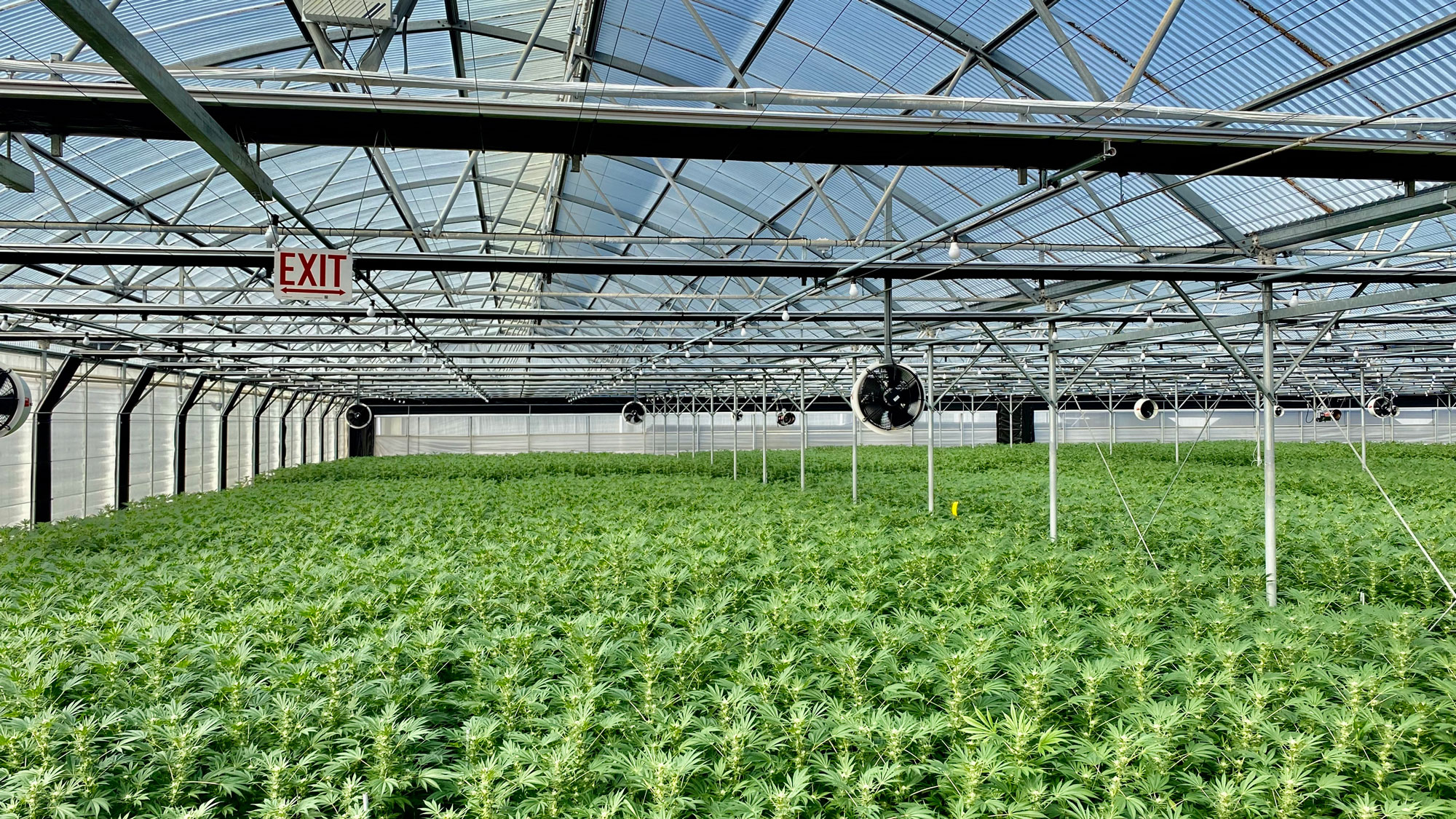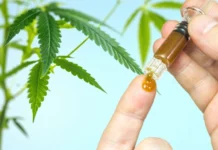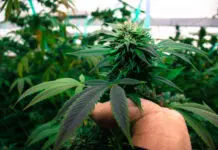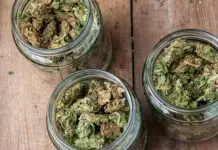The cannabis supply chain refers to the various steps involved in the cultivation, processing, distribution, and sale of cannabis products.
This includes activities such as growing and harvesting the plant, extracting and processing the compounds, packaging and labeling the products, and distributing them to dispensaries or other retail locations.
Seed Selection
The process of cannabis cultivation starts with the selection of the appropriate strain. Scientists study various strains of cannabis and evaluate factors such as yield, disease resistance, growth time, and CBD/THC content. Once the ideal strain is identified – depending on the product you want to create – growers will acquire the seeds from a reputable seed bank.
Where Do I Find Cannabis Seed Banks?
Cannabis seed banks are typically found online, however, some states have physical retail locations where you can buy seeds for a variety of strains.
Extraction Methods
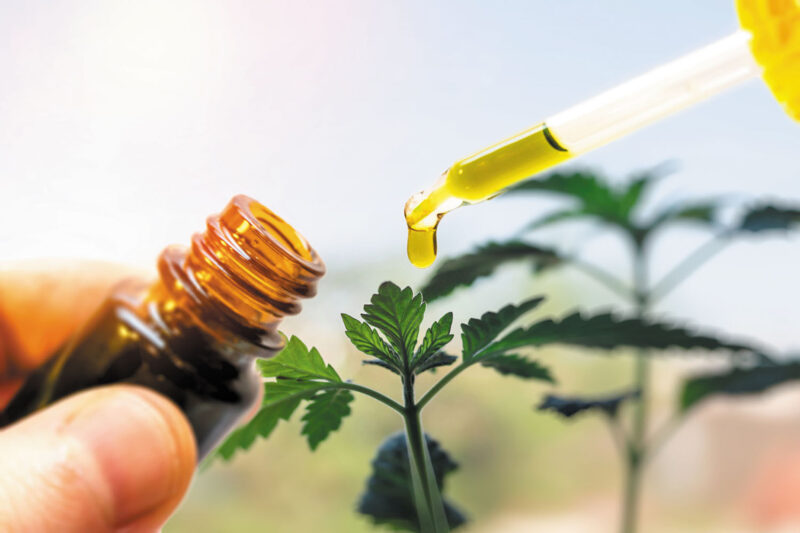
The next step is extraction, where the usable parts of the plant are harvested. There are several common methods employed:
- Solvent-based extraction: Solvents such as butane, propane, ethanol, or hexane are used to extract the compounds from the plant material. These solvents are then evaporated, leaving behind a concentrated extract. This method is efficient and can produce high yields, but it can also be dangerous if not done properly.
- CO2 extraction: Supercritical CO2 can also extract THC and CBD – this method is generally considered safe and efficient and produces a high-quality extract that is free from solvents.
- Steam distillation: The process involves heating the plant material in a distillation chamber, where the steam vaporizes the volatile compounds. While very safe, this is far less efficient than the other methods, and the yields are lower.
- Water/Dry ice extraction: Ice-cold water or Frozen carbon dioxide, aka dry ice, is used to freeze the plant material, which is later ground. The small pieces of plant matter are then placed in a container and agitated to separate the trichomes (resinous glands containing the THC and other compounds) from the plant material. The trichomes are collected and further processed to remove any impurities. This method is safe, efficient, and easy – not requiring anything that you can’t find at a hardware store – but time-consuming.
The chosen method depends on the desired end product, the equipment and facilities available, and the level of purity and potency required. The extraction method also has a significant impact on the final quality, safety, and legality of the product. Check your local laws before making your final decision.
Processing & Packaging
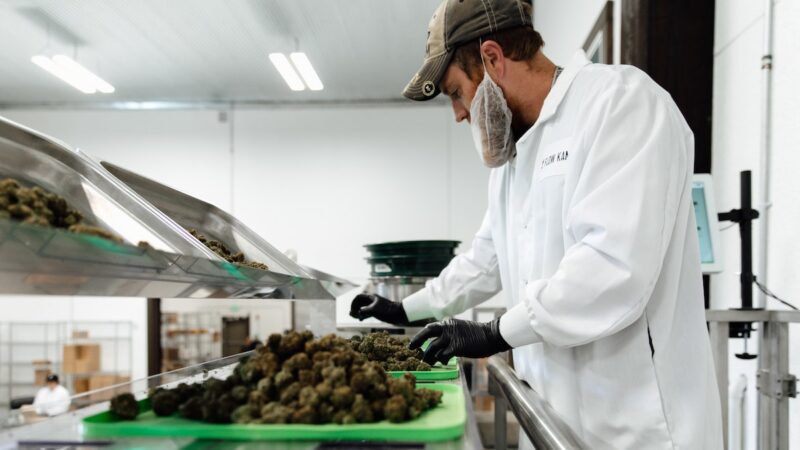
After the buds are harvested, they are dried in a controlled environment and trimmed of leaves and other unwanted parts. The buds are then cured in airtight containers for several weeks to improve their flavor, aroma, and overall quality.
After being cured, the buds are ground and packaged in airtight containers, such as jars or bags, to protect them from moisture, light, and other factors that can degrade the quality of the product.
Labeling is also an important step, where packages must be labeled with important information such as the strain, THC/CBD levels, expiry date, and any other relevant information required by state or local laws.
This part of the supply chain is one of the most important – it ensures the product is safe and legal. Requirements on processing and packaging are numerous and constantly changing, so stay up to date with the law in your region.
Distribution & Retail
Finally, the product reaches the distribution and retail stage, where licensed physical storefronts and distributors transport the product to various locations. Retailers must check licensing and lab testing for all products on store shelves, and they can only buy from licensed cannabis suppliers within the same state.
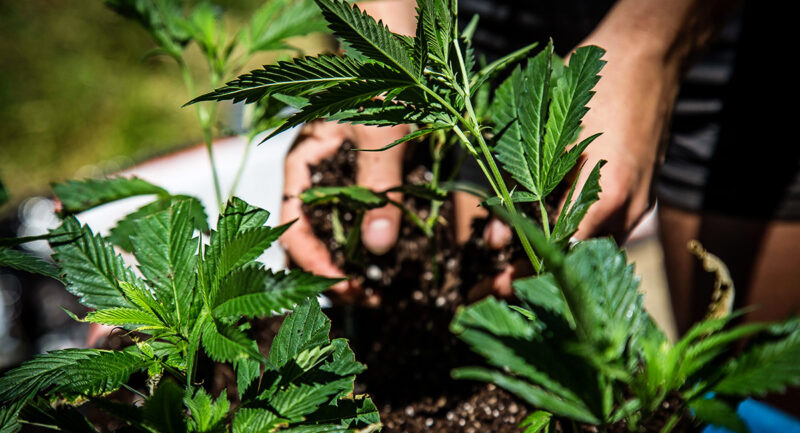
One of the biggest challenges that directly affect the business of this part of the supply chain is the presence of the colossal black market for marijuana. Illicit drug dealers crawl the streets – marijuana is one of the most trafficked drugs in America. Most of the supply comes from the southwest border, but it spreads to all corners of the country.
This huge illegal market takes a big chunk out of legal cannabis sales because the drug dealers can undercut the price significantly due to not paying high license fees and taxes.
What Is Seed-To-Sale Tech and How Does It Affect the Industry?
Seed-To-Sale Technology
Seed-to-sale technology refers to the use of computer systems and software to track the movement of cannabis products through the supply chain from the initial seed or clone to the final sale to a consumer.
How Does It Affect the Industry?
The cannabis industry uses this tech to ensure compliance with regulations, prevent theft, and improve the efficiency of the supply chain. Barcodes, RFID tags, and other tracking methods are used to monitor the location and movement of cannabis products. Data collection and reporting tools provide an in-depth look at inventory, sales, and other key metrics. This technology helps regulators to track the cannabis plant from the time it is planted, to when it is harvested, processed, packaged, and sold, making sure that the laws are followed every step of the way.
How Technology Can Help Avoid Manual Mistakes

Tracking all inventory as well as making sure you’re following all the ever-shifting regulations is a daunting and difficult task.
Whether you run a cannabis business in a state where it’s legal for recreational use, like Oregon, or a state where it’s only legal medically, like Ohio or Oklahoma, you’ll need to follow Metrc (Marijuana Enforcement Tracking Reporting Compliance) with regards to tracking your inventory and recording every transaction of cannabis and cannabis-infused products.
Thankfully, you don’t have to do it all by yourself. There’s software out there, like Distru, Roshi, and Trym that helps you manage and track inventory, forecast future demand, and meet all legal regulations.
It’s Complicated – Don’t Do It All Alone
The cannabis supply chain is difficult enough. You have to worry about the best, most cost-effective methods to grow and extract the products you want while navigating a complex, constantly shifting legal landscape of regulations, taxes, and track-and-trace systems.
Businesses have enough headaches already – save your company time, money, and worry and use cannabis management software to streamline all your Metrc compliance workflows.

